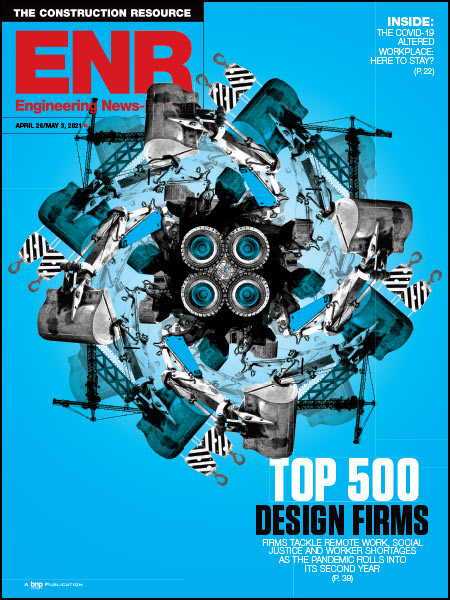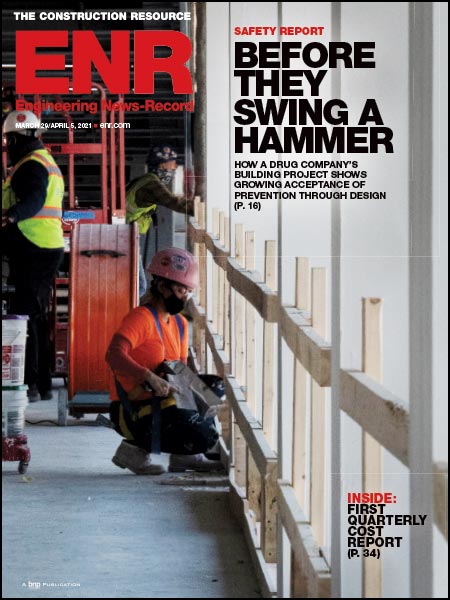ENR FutureTech Conference Turns Heads With Process Innovation


Construction practitioners are eager to embrace technology to improve the industry, but they are hungry for information that can help them see how.
More than 300 construction professionals turned out for ENR's FutureTech Conference, held on March 14 in San Francisco, looking for just that kind of information. It was the fourth ENR-sponsored event in the past two years on the theme of "exploring the future of technology in the construction industry."
Keynoter David B. Bartlett, vice president of IBM's Smarter Buildings group, addressed building for a rapidly growing world population. However, he noted the effort will be unsustainable unless building energy use is sharply reduced. "It also makes good business sense to re-imagine the built environment," Barlett added.
New inventions are not needed, said Bartlett, explaining, "It's just about applying current technology." He offered three keys: add sensors and controls to the world's buildings, interconnect them and make them intelligent. The goal should be a built world that is aware of the environment and the desires of its occupants and supplies services only as needed. This scenario does not necessarily require elaborate systems, just well-thought-out ones, he said.
As one example of an opportunity for significant savings, for example, Bartlett mentioned air-handlers that are triggered by CO levels, rather than by formulaic standards for air exchange. Another is to use data analytics to share energy more efficiently to reduce peak demand and maintain high levels of capacity. "There is a phenomenon going on right now as revolutionary as the original internet was: the internet of things," Bartlett said. "The people in this room probably will have as big an impact as anyone" on reducing building energy waste by creating an intelligent built environment. "Embrace the idea, champion it, spread it. I think this is a movement," he said.
A panel on "The Rise of SuperSubs" yielded a provocative discussion on putting subcontractors—such as HVAC designers whose 3D models already interface directly with fabrication systems—as project leaders, rather than architects or general contractors whose models do not. "I would prefer to work closer with trade subcontractors," said Gerald Hartford, principal at Hartford Engineering, San Diego. "I want to take that product that we develop as designers and move it as close to fabrication as we physically can."
3D Printer Scales Up
The "Virtual Gets Physical" panel created buzz with a video demonstration of a building-scale 3D printer by Behrokh Khoshnevis, director of the Center for Rapid Automated Fabrication Technologies at the University of Southern California in Los Angeles. Khoshnevis's lab has worked on the technology for years, and the device is now ready for field trials. A small, one-family house could be "printed" in concrete with a portable device from the data on a thumb drive in about 20 hours, he said.
Dan Casale, senior BIM engineer at DPR Construction, turned heads with video of one of his test projects that uses a total-station spotter and a laser-printer-equipped roving robot to print layout lines on a building slab. Mani Golparvar-Fard, an assistant professor of civil engineering at the University of Illinois at Urbana-Champaign, showcased his PAR Works project, which lets users with a mobile device overlay tagable cyber imagery on real-world images, such as photos and videos, with one-millimeter accuracy at nearly instantaneous speed. Possibilities, such as calculating work put in place by overlaying jobsite photos on a 3D model, brought excitement to the room.







